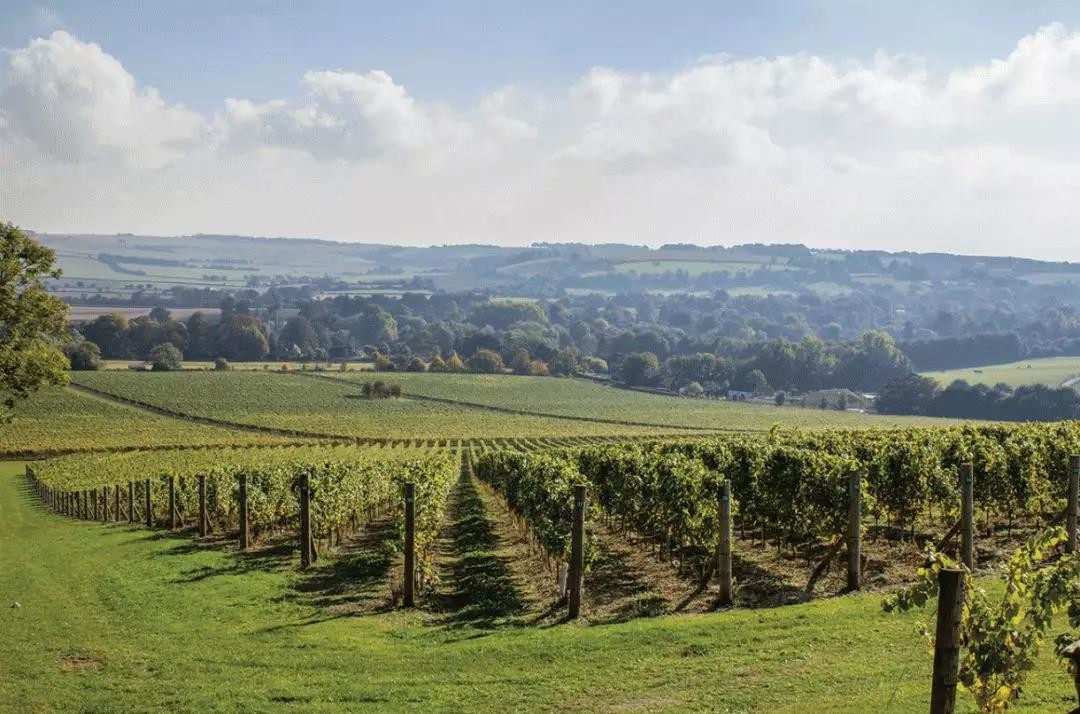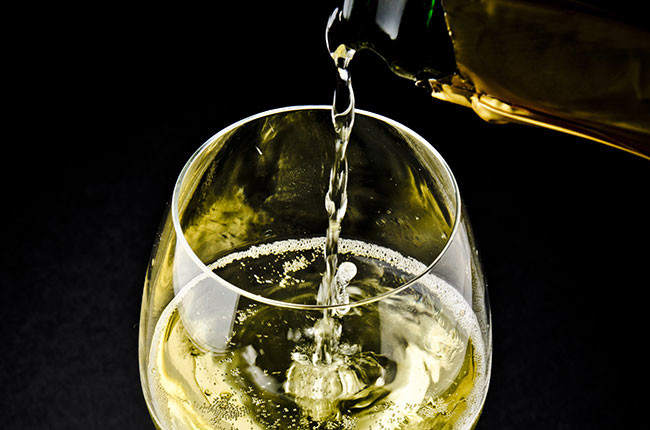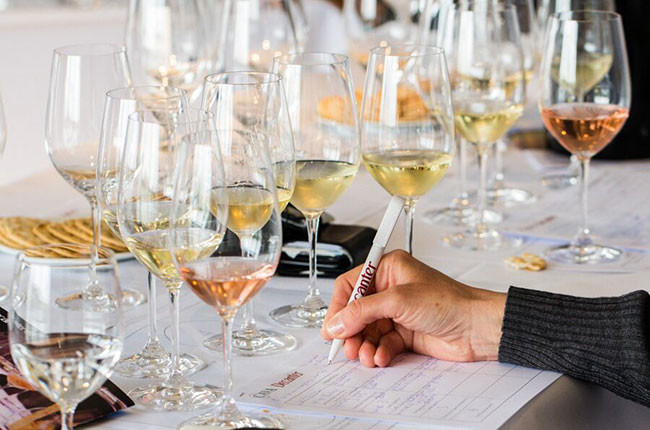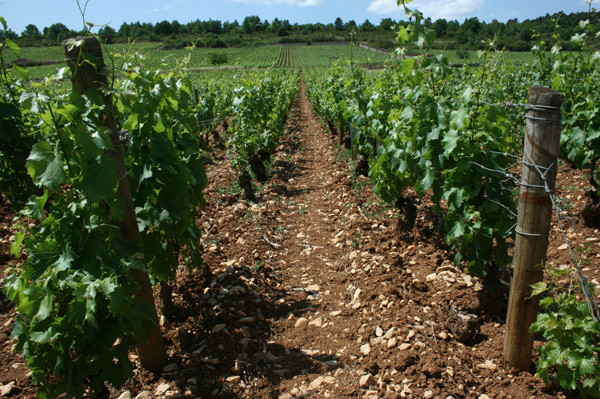As we have mentioned in a previous Tip of the Day, Champagne is made using a traditional method (or methode champenoise as known in the US) which means a second fermentation is conducted in the bottle in which it will be sold. This is one of the factors that contribute to its unique quality and high cost.

So what is the ‘second fermentation’ used in a traditional method? And how does second fermentation apply to Champagne?
It is not as complicated as it seems but the whole process requires a minimum of one year and usually takes three years or more.
Through fermentation, grape juice becomes still wine; but it is the second fermentation in a capped bottle that transforms still wine to sparkling wine.
For this to happen, ‘Liqueur de tirage’, which consists of still Champagne, cane or beet sugar and selected yeasts and other additives, is bottled and capped temporarily.
The fermentation of this sugar will release carbonic gas, which stays in the wine to make it sparkle, and generate sediment. The removal of the sediment, or the process called ‘Disgorgement, is quite a skillful job.
To prepare for this process, bottles need to be rotated or ‘riddled’ so as to encourage the sediment to collect in the neck of the bottle, near the stopper, after which the bottles are stacked neck-down.
To eject the sediment, the neck of the wine will first be flash frozen in cold brine. The bottle is then turned upright, and the cap is removed briefly. The internal pressure will expel the sediment, with the minimum loss of wine and pressure.
The wine will then be topped up by ‘liqueur de dosage (a mixture of wine and sugar which varies with styles of Champagne), and finally sent for corking and labeling ready to be sold.
All rights reserved by Future plc. No part of this publication may be reproduced, distributed or transmitted in any form or by any means without the prior written permission of Decanter.
Only Official Media Partners (see About us) of DecanterChina.com may republish part of the content from the site without prior permission under strict Terms & Conditions. Contact china@decanter.com to learn about how to become an Official Media Partner of DecanterChina.com.











Comments
Submit